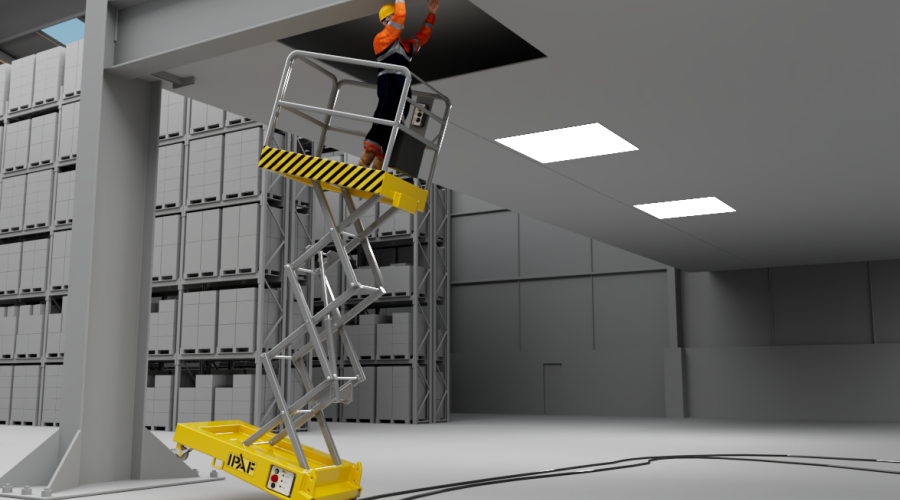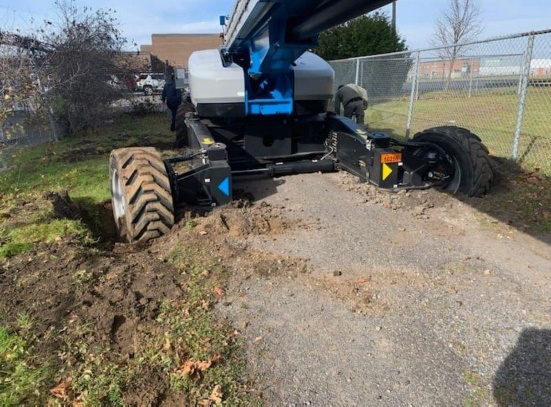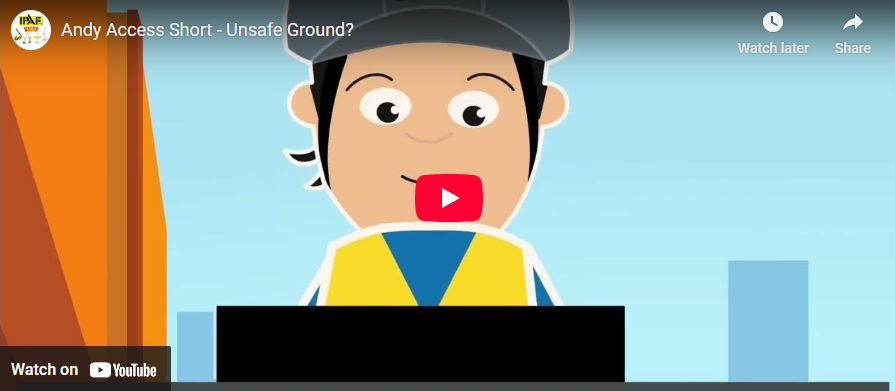Ground Conditions and Supporting Structures

Ground conditions and supporting structures are critical for the stability of a MEWP. Unsuitable ground or structures can result in the MEWP overturning.

GROUND CONDITION HAZARDS
MEWP OPERATORS need to be aware of:
- Sloping or uneven surfaces that can lead to a MEWP overturning.
- The MEWP being too close to an excavation which could collapse.
- Soft ground or uncompacted fill which can cause a MEWP to sink into the ground.
- Frozen ground, or ground covered by snow or ice that softens as it thaws can make the MEWP unstable and lead to overturn.
- Underground services which are covered by inspection covers and drains have the potential to collapse if a MEWP is positioned on them.
- Public areas e.g., paved areas, floors, can crack and collapse without warning!
Andy Access Short: Unsafe Ground? | IPAF
MEWP OPERATORS:
- If you are in any doubt about the ground or surface, you must not operate the MEWP. Report the issue to your supervisor.
- Know the weight of the MEWP (this can be found on the compliance/data plate and in the MEWP operator manual).
- Know the maximum point load pressure, this is normally shown on decals/stickers near each wheel and in the operator manual.
- Plan your route, always walk the route first and look out for any hazards. If there are any hazards they should always be reported to your supervisor
- Ground conditions can change daily due to weather conditions or site work. The condition of the ground should be monitored, if there are any signs of the MEWP sinking you should immediately stop work and lower the platform and inform your supervisor.
- For MEWPs fitted with stabilizers/outriggers, position them correctly on suitably sized spreader pads.


